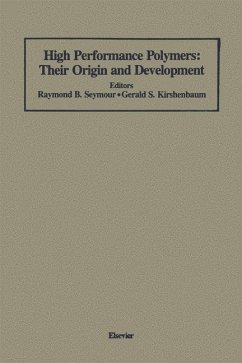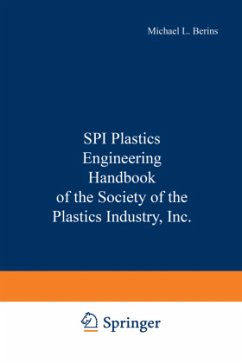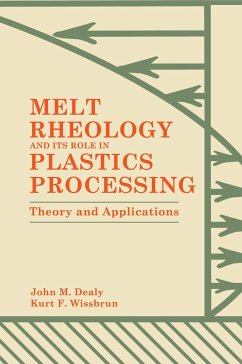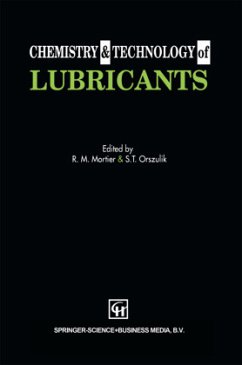
New Methods Polymer Synthesis

PAYBACK Punkte
19 °P sammeln!
Most practitioners and students of polymer chemistry are familiar, in general terms at least, with the established methods of polymer synthesis - radical, anionic, cationic and coordination addition polymerization, and stepwise con densation and rearrangement polymerization. These methods are used to synthesize the majority of polymers used in the manufacture of commercially important plastics, fibres, resins and rubbers, and are covered in most introduc tory polymer chemistry textbooks and in most undergraduate and graduate courses on polymer science. Fewer polymer chemists, however, have muc...
Most practitioners and students of polymer chemistry are familiar, in general terms at least, with the established methods of polymer synthesis - radical, anionic, cationic and coordination addition polymerization, and stepwise con densation and rearrangement polymerization. These methods are used to synthesize the majority of polymers used in the manufacture of commercially important plastics, fibres, resins and rubbers, and are covered in most introduc tory polymer chemistry textbooks and in most undergraduate and graduate courses on polymer science. Fewer polymer chemists, however, have much familiarity with more recent developments in methods of polymer synthesis, unless they have been specifically involved for some time in the synthesis of speciality polymers. These developments include not only refinements to established methods but also new mechanisms of polymerization, such as group transfer and metathesis polymerization and novel non-polymerization routes to speciality polymers involving, for example, the chemical modification of preformed polymers or the linking together of short terminally functionalized blocks.














